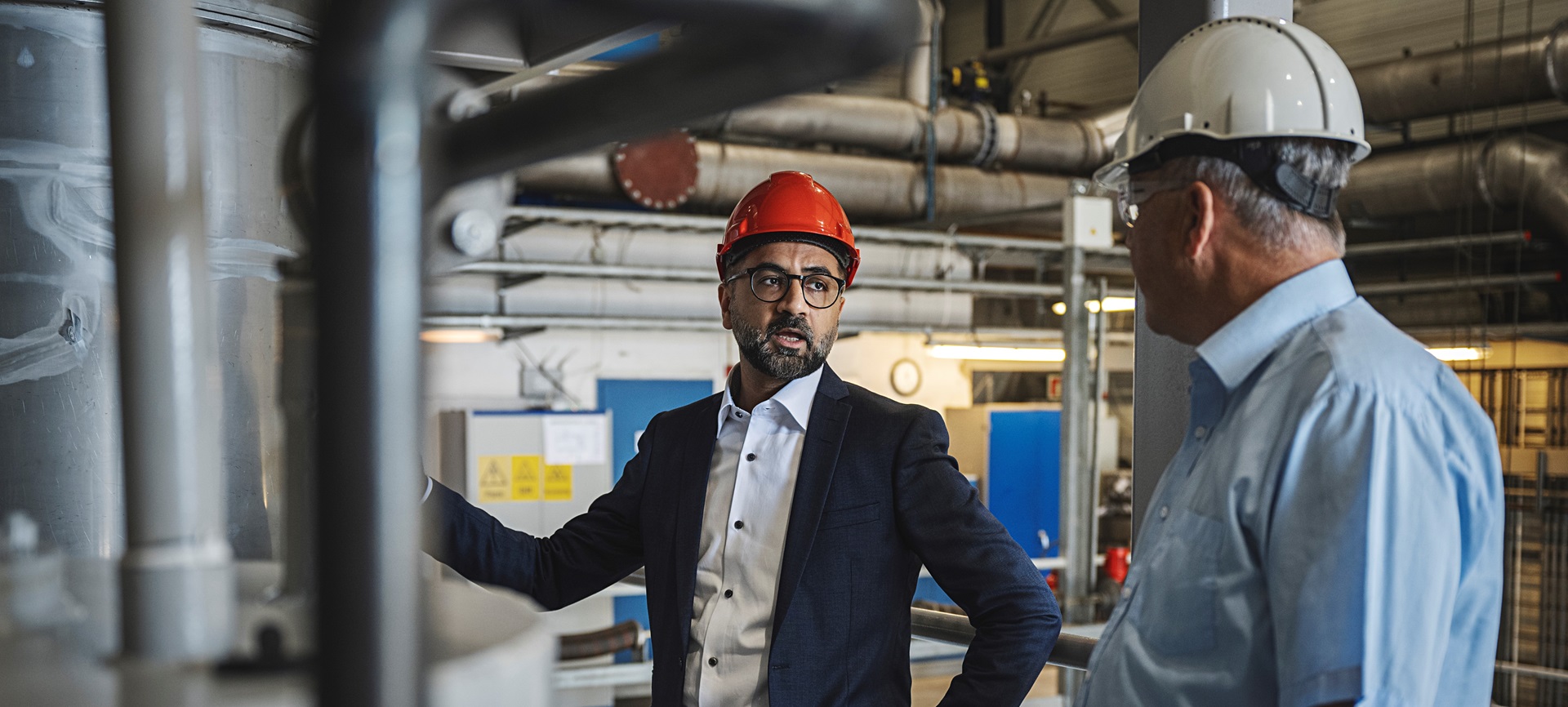

This article was originally published by Ship&Offshore in their September Issue, 2021.
As shipping faces a new rush to cut air pollution and improve sustainability, there is a growing conversation about the role that exhaust gas treatment systems can play to tackle emissions beyond sulphur. Ship&Offshore spoke to Wärtsilä Exhaust Treatment’s director of sales, Kashif Javaid, to find out more about scrubbers as a platform for future environmental innovation.
Under the latest regulations, shipowners are facing the challenge of having to meet sustainability targets and reducing emissions from their fleets in a relatively short timeframe. There have already been positive steps on the road to reducing some emissions from shipping operations.
For example, the global sulphur cap was an important first step to reduce a key harmful pollutant from ships. It enabled the industry collectively to develop new systems to ensure both baseline compliance and encourage proactive environmental performance.
“On the wider topic of sustainability, the truth is that regulation is only going to go one way. Meanwhile, it’s also clear that we currently have no single strategy to enable sustainability progress; be that progress on carbon, SOx, NOx or particulate matter (PM),” said Kashif Javaid, Wärtsilä Exhaust Treatment’s director of sales.

“Instead, it’s crucial that we champion flexible technologies that give us the ability to adapt for the future, especially as more stringent environmental rulings are likely to arise in the near term,” he continued. “Exhaust gas treatment systems are one of these potential future technology platforms, now being innovated beyond tackling just sulphur to support our sector’s broader sustainability goals instead.”
Scrubbers are among the sulphur cap compliance options of choice for owners and operators. The fuel spread has been positively progressing and stands today around EUR 113 per tonne. This is resulting in a growing interest in scrubbers from shipowners and operators who recognise the economic benefits of installing a system. The high activity level in the newbuilding market and selection of scrubbers further strengthen owners trust in the technology as a compliance option, Javaid noted.
Moreover, open-loop scrubbers have received a recent boost after an independent eco-toxicity study, in accordance with the IMO Group of Experts on the Scientific Aspects of Marine Environmental Protection (GESAMP) guidelines, found that the technology running in an open-loop configuration does not create unwarranted environmental risk, he added.

“Collectively, our industry has built up a great understanding of the flexibility and power of scrubbers, which is why we’re now perfectly placed to tackle other pollutants. This can be achieved by adding other abatement technologies around the stack in a modular fashion, using the experience of sulphur cap compliance to tackle other current and future emissions challenges.”
Modularity cuts the risk of technology investments in what is going to be a very uncertain time for the maritime sector. Using scrubbers as a platform for modular technology advancement gives shipowners the flexibility of choosing certain technologies now while also keeping plans on the table to incorporate more abatement technology in the future.
As the industry moves beyond sulphur, scrubbers should therefore be viewed as a springboard for environmental innovation, with the potential to abate other emissions that are also on the horizon, Javaid said. This includes the capacity to reduce NOx with exhaust gas recirculation (EGR) and explore filtering and capture – either in scrubbers or with add-on equipment – to remove particulates and black carbon.
“Meanwhile, and perhaps most exciting of all, is the potential to use expertise gained from installing and engineering scrubbers to integrate carbon capture and storage,” Javaid stated.
This development is worth pursuing because it can drive significant reductions in a relatively short timeframe. It also comes at a time when the IMO’s Marine Environment Protection Committee is debating ways to cut carbon from ships, all in line with the ambition of the IMO’s Initial Greenhouse Gas Strategy.
Whatever regulation comes, shipping needs to solve the fundamental challenge of carbon, so it is only right that we explore technologies that allow us to continue to operate and that capture our carbon at the point of exhaust”
- Kashif Javaid, Wärtsilä Exhaust Treatment’s Director of Sales.
Wärtsilä is aiming to have a carbon capture demonstration unit installed within 2021, which will help the industry understand how to test and scale the technology on a ship. “At the same time, it’s also important that we understand that technology development and investment should take place with the long term in mind. After all, a true lifecycle solution for a ship must be futureproofed against whatever changes happen over two or more decades,” he said.
The flexibility and assurance of adding further technologies, dependent on compliance or operational requirements, will therefore be essential for the industry as it moves forward towards 2030 and 2050. “A vessel being constructed by 2025 will be at end of its life by the time we reach 2050 and the IMO’s reduction target for that year. Choosing truly future-proofed and assured technology options is therefore critical, not only to ensure owners and operators meet impending regulation but also to pave the way for wider decarbonisation progress,” Javaid said.
“Beyond just being a solution for sulphur, scrubbers are perfectly poised to help our wider transition because they provide a base for future technology adoption. However, and most importantly for many, it’s time we realise that they can provide just as important, but harder to measure: the flexibility so desperately needed by an industry in unprecedented flux,” he concluded.
